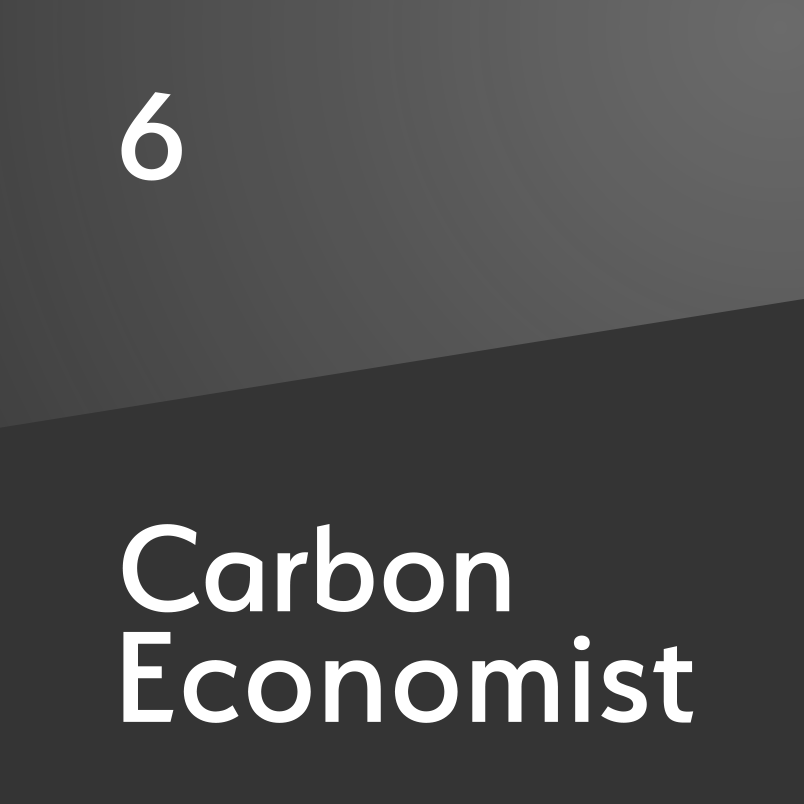Australian emission plans will fuel expansion of gas-to-power
New South Wales will rely on coal seam gas and/or imported LNG to form the core of its plan to reduce emissions and electricity prices
The Australian government agreed the first of a series of emission-reduction plans with its constituent states on 31 January, when it agreed A$2bn plan with its most populous state New South Wales (NSW). The deal’s cornerstone is substantial support for an increase in gas for electricity generation. While the memorandum of understanding (MoU) is not legally binding, the east coast state has “set a target to inject an additional 70 pj/yr of gas” into its market. In exchange NSW will receive A$0.9bn in federal contributions—in a combination of grants, loans and guarantees—towards its A$2bn grid upgrade and renewable energy investment plan. Gas consumption in NSW is projected to rise from 120 p

Also in this section
11 August 2025
The administration is pushing for deregulation and streamline permitting for natural gas, while tightening requirements and stripping away subsidies from renewables
8 August 2025
The producers’ group missed its output increase target for the month and may soon face a critical test of its strategy
7 August 2025
The quick, unified and decisive strategy to return all the barrels from the hefty tranche of cuts from the eight producers involved in voluntary curbs signals a shift and sets the tone for the path ahead
7 August 2025
Without US backing, the EU’s newest sanctions package against Russia—though not painless—is unlikely to have a significant impact on the country’s oil and gas revenues or its broader economy








